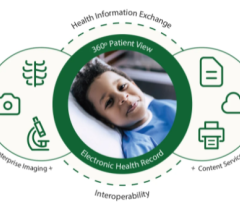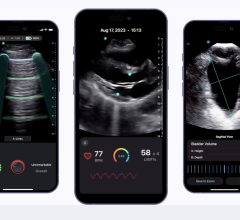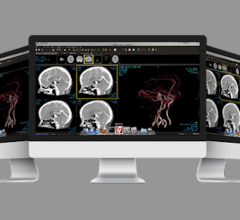March 19, 2007 - Swedish will soon begin installation of the Pacific Northwest's first pediatric and perinatal simulation center specifically designed to advance the skills of healthcare teams in critical clinical situations. Once construction is completed in 2008, the center will allow highly specialized medical teams to perfect their skills efficiently at scheduled training sessions, without the involvement of real - and very vulnerable - pediatric patients.
Seattle residents Cheryl and Bill Gossman donated $1 million toward the establishment of what will be known as the Gossman Center for Advanced Pediatric and Perinatal Simulation. The Moyer Foundation, created by former Seattle Mariners pitcher Jamie Moyer and his wife, Karen, contributed $250,000. The Swedish Foundation anticipates raising the final $400,000 for construction of the project at the annual "Celebrate Swedish" gala dinner auction on Saturday evening, March 24. They will also continue to raise gifts for a $1 million endowment to sustain the center.
Slated to be built near the Neonatal Intensive Care Unit (NICU) and other pediatric facilities on Swedish's First Hill Campus (which amount to more than 100 pediatric beds between the medical center's Pediatric Intensive Care Unit, NICU, Infant Special Care Unit, and Pediatric Medical and Surgical units) the Gossman Center will include realistic medical spaces that replicate exam rooms and surgical suites. Computer-controlled, child-sized mannequins will be used to simulate medical conditions and scenarios by displaying lifelike medical symptoms and real-time physiological responses. Among many other processes, teams of care providers will train in neonatal intubation, umbilical catheterization and chest compression.
Swedish is the largest provider of obstetrical, neonatal, and pediatric services in the Pacific Northwest and its NICU is among a handful of Level-III nurseries in Washington state. "Each year we care for more than 700 premature or sick newborns that face life-threatening medical conditions at the beginning of their lives," Dr. Sorensen said. "Many of these children must be monitored for years and may need follow-up exams, treatments or surgeries in order to become healthy adults."
Traditionally, medical professionals perfected their skills by working with real patients under the supervision of more experienced practitioners. But this model requires that patients be a part of the teaching process, which can sometimes pose challenges. Such challenges can be particularly high with infants and children, whose small bodies, developing systems and low margins for absorbing physiological and metabolic stress make it vital that they receive the undivided attention of experienced caregivers.


 June 28, 2024
June 28, 2024 








